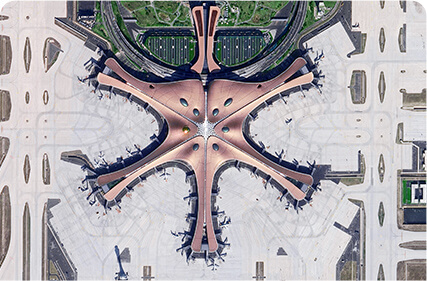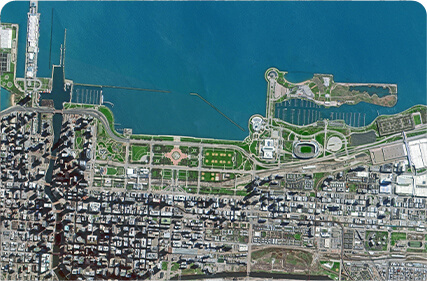English
As the saying goes, "Food is the first necessity of the people, and stabilizing food supply ensures social stability." Agriculture is the guarantee of national food security, and agricultural development is related to the economic lifeline of a country. Scientific progress promotes social development, and the rise of the Internet and remote sensing technology has helped modernize agricultural development.
Satellite remote sensing can monitor agricultural production environments and objects, and the application of these new technologies significantly improves the quality of agricultural products, making them conform to market demand, enabling effective supply-demand docking, and promoting the refinement, efficiency, and modernization of agricultural production.
Agricultural planting is closely related to soil, and soil properties determine agricultural production. Depending on the soil properties, crops or cash crops are planted accordingly, which is of great significance for improving agricultural productivity and production. Traditional intensive farming involves soil testing and formulation, selecting suitable crops based on soil properties, and fertilizing to improve crop yields.
The use of satellite remote sensing technology to monitor soil moisture in real-time, collecting information on soil moisture for dryland agriculture and animal husbandry through remote sensing monitoring. Providing guidance to farmers and ranchers on irrigation, analyzing the formation, distribution, and development of droughts and providing accurate information for drought relief decision-making. Helping growers make science-based decisions to ensure timely irrigation in eligible irrigation areas to increase crop yields and farmers' income.
Crops are often accompanied by plant diseases and insect pests during their growth, which has caused crop reduction and losses due to diseases and pest infestation over the years. Therefore, pest monitoring also plays a significant role in the agricultural production process.
Traditional plant disease and insect pest prevention and control mainly rely on field observations of crops, and diagnosis is made based on crop disease conditions, and supplemented with pesticide spraying. Due to the wide range of agricultural fields, inconsistent outbreak times and degrees, large-scale repeated work is required for pesticide spraying, and targeted measures are weak.
Satellite remote sensing as a multi-angle ground observation tool has the advantages of high timeliness, high accuracy, and wide monitoring areas. It can quickly and accurately monitor crop disease and pest information, and release early warnings of crop diseases and pests in monitored areas in combination with historical data. Helping farmers make decisions and take measures to prevent and control plant diseases and insect pests.
In addition to plant diseases and insect pests, meteorology also affects agricultural production, and changes in weather conditions determine crop production, which has a significant impact on crops. Changes in weather cannot be intervened, but precautions can be taken in advance. Meteorology is closely related to agricultural production, and air humidity and temperature are related to crop growth, so it is particularly important to seize key weather conditions for agricultural activities.
Disasters often occur during agricultural production, affecting agricultural production and grain yield. Disasters make farmers suffer, sometimes causing a complete crop failure, which seriously affects agricultural production and farmers' income.
Remote sensing technology plays a significant role in the agricultural production process. It not only monitors soil moisture, plant diseases and insect pests, meteorology, but also provides decision-making information. With advances in technology, satellite remote sensing technology is gradually infiltrating all aspects of agricultural production, accelerating the development of agriculture.

